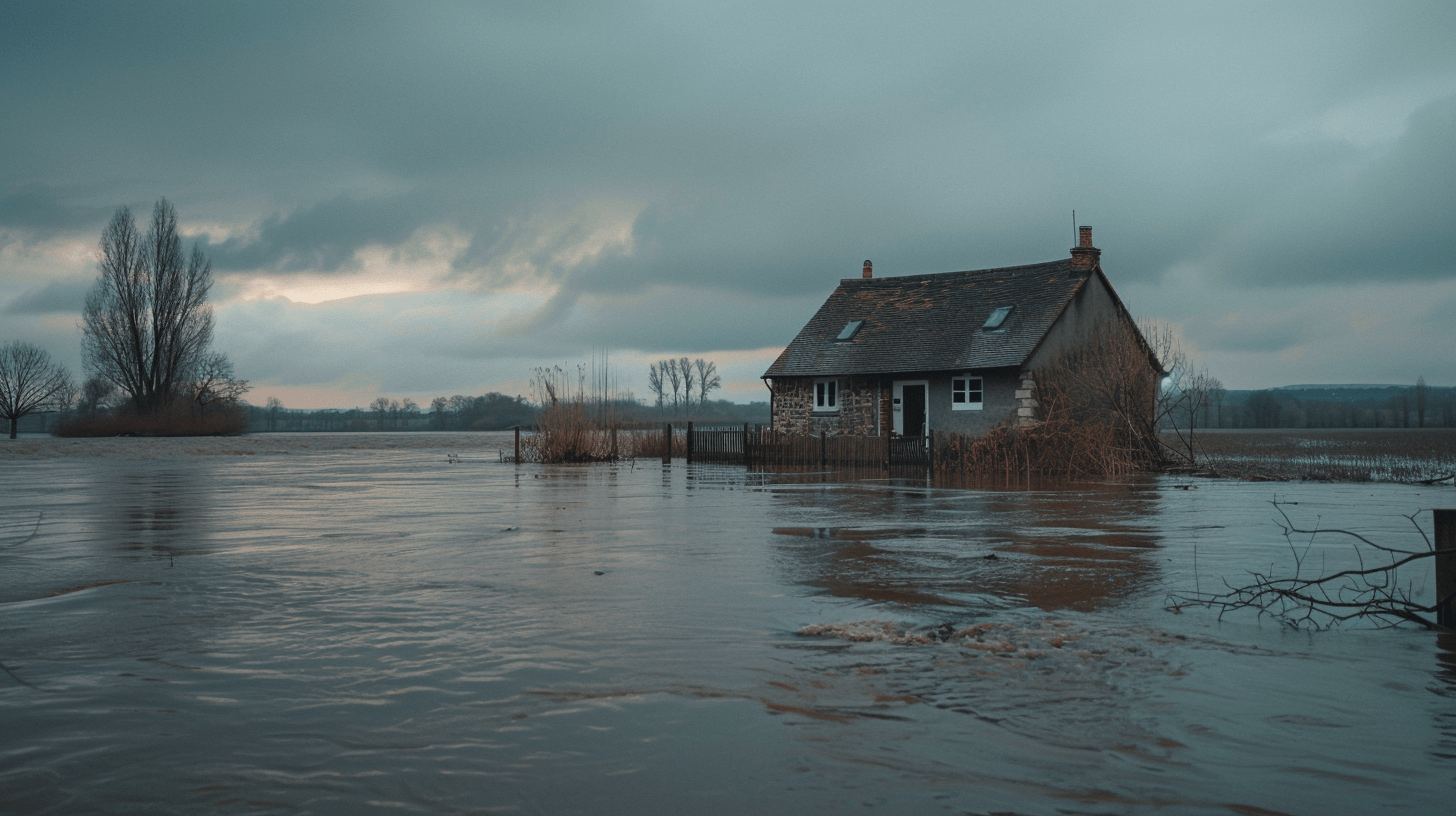Floods
Flooding is worsening with climate change and urban growth. Learn what causes floods, their impacts, and how to build resilience.

Water Cycle
The water cycle is a continuous movement of water on, above, and below the surface of the Earth. It involves processes like evaporation, condensation, precipitation, runoff, and infiltration.
- Evaporation: The sun heats water in oceans, lakes, and rivers, turning it into water, vapor (a gas) that rises into the air.
- Condensation: As the water vapor rises and cools, it turns back into tiny water droplets, forming clouds in the air.
- Precipitation: When clouds become full of water droplets, they release the water back to Earth as rain, snow, sleet or hail. Intense or prolonged rainfall, or rapid snowmelt can saturate the ground and overwhelm river systems, leading to flooding.
- Runoff: Water flows over the land surface and back into rivers, lakes, and oceans. However, this water can accumulate in low-lying areas or rivers, causing flooding.
- Infiltration: Water soaks into the ground and becomes groundwater that could flow into aquifers, reservoirs, or underwater lakes. However, areas with poor infiltration capacity, like urban areas with pavement and concrete, are more prone to flooding.